10 Iconic Filmmakers Who Have Never Won an Oscar
By Robert Delany Cinema Programming Coordinator | 3/24/2022
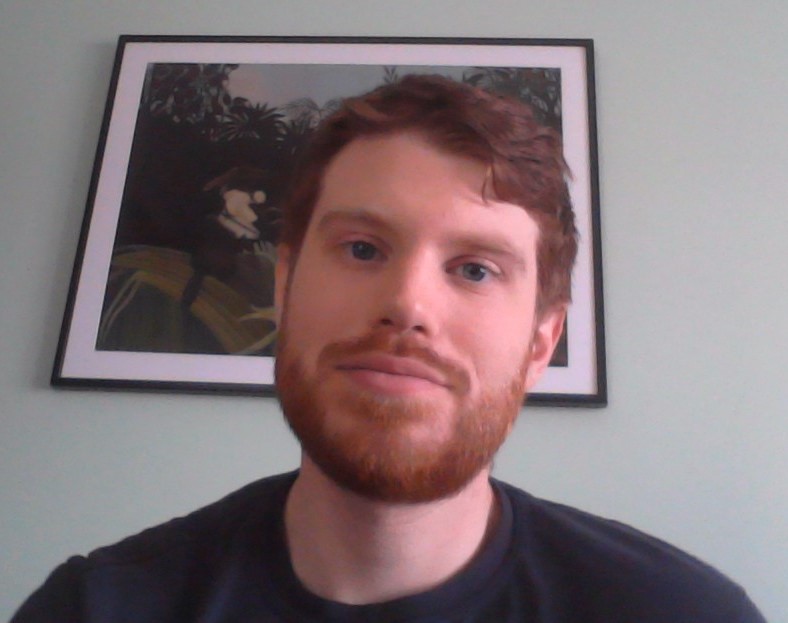
Robert is the Cinema Programming Coordinator for ArtsQuest at Frank Banko Alehouse Cinemas. He is also a Programming Coordinator for Stowe Story Labs, a non-profit based in Stowe, Vermont, and a contributor for the independent film and music publication Split Tooth Media. Robert graduated in 2020 with an M.A. in Cinema Studies from New York University’s Tisch School of the Arts, and in 2018 he received a B.S. in Film and Television from Boston University.
The Academy Awards has long been an institution that sparks audience’s love for cinema. However, there is a galaxy of film outside of the Oscars purview that contains some of the most boundary pushing, challenging, and bold artists in cinema history.
Ahead of this year’s Academy Awards, here are 10 filmmakers who have left indelible marks on the history of filmmaking but have never won an Oscar.
John Cassavetes
John Cassavetes began his career as a Hollywood actor in the 1950s: starring in films like The Dirty Dozen (Robert Aldrich, 1967), Rosemary’s Baby (Roman Polanski, 1968) and Machine Gun McCain (Giuliano Montaldo, 1969). It’s his time as a director, however, in which he would create some of the most influential independent cinema in American history.
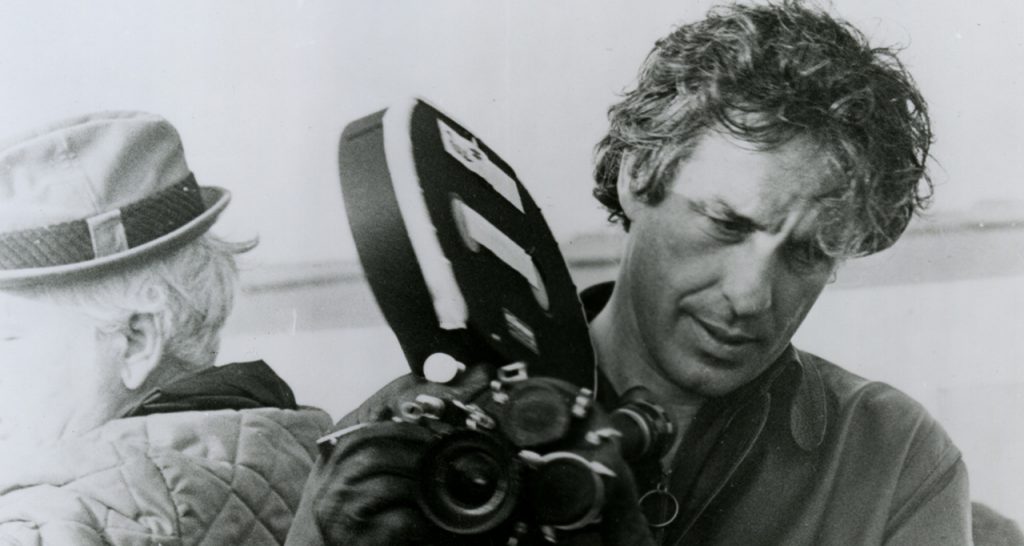
His unconventional directing style galvanized the most raw, poignant, and powerful performances from icons like Gena Rowlands, Peter Falk, Seymour Cassel, and Ben Gazzara. Cassavetes’ films have an emotional weight to them that is difficult to match, created as ultimate passion projects in opposition to the Hollywood conventions that he was so familiar with.
Martin Scorsese wrote this about Cassavetes: “When I hear the term independent filmmaker, I immediately think of John Cassavetes. He was the most independent of them all. For me, he was and still is a guide and a teacher. Without his support and advice, I don’t know what would have become of me as a filmmaker”.
Films to Check Out: Faces (1968), A Woman Under the Influence (1974), The Killing of a Chinese Bookie (1976)
Robert Bresson
As director Jean Luc-Godard wrote: “Bresson is French cinema, as Dostoyevsky is the Russian novel and Mozart is German music”.
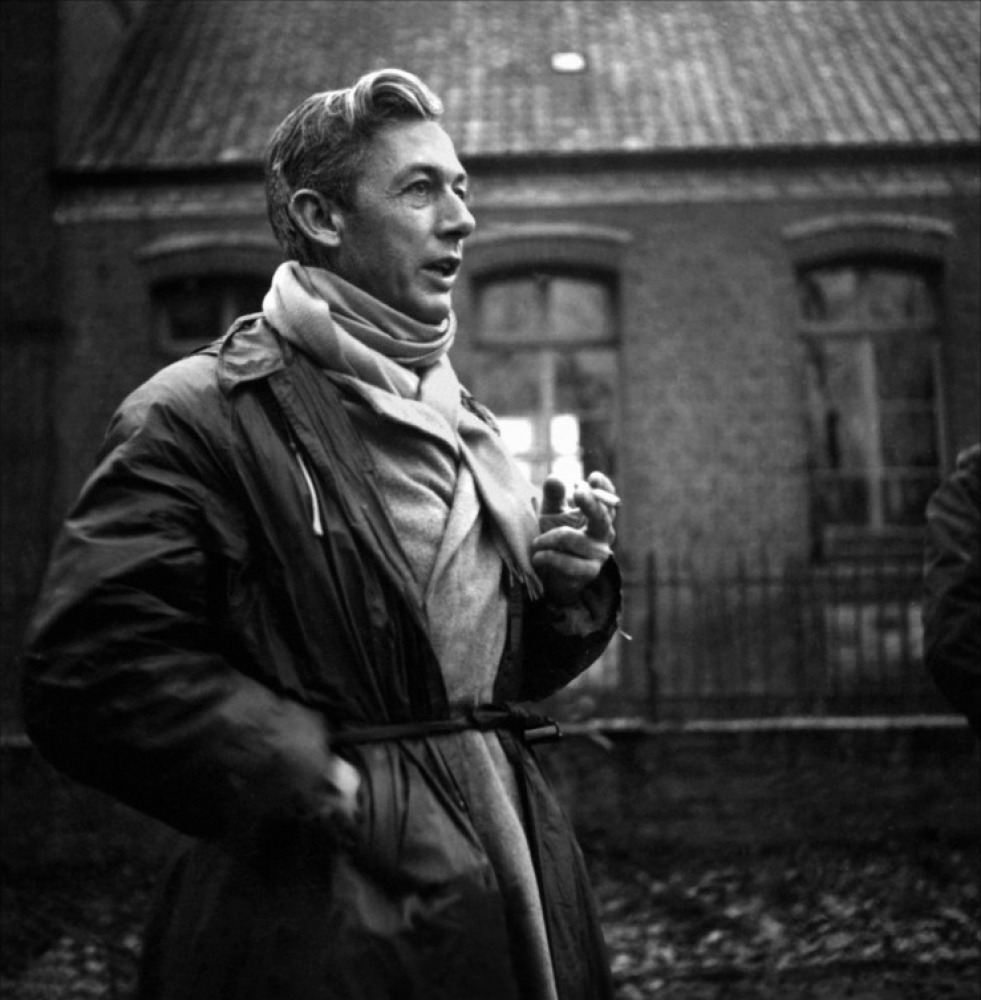
Robert Bresson is known for an ascetic and meticulous style. His sound design was extremely controlled, where noises like footsteps become resounding amidst an often-powerful silence. He almost exclusively employed amateur actors, and his performers are known for having a simple yet serene delivery
His idiosyncrasies are fascinating: from his emphasis on hands, his brilliant use of repetition, to his stress on the suffering of animals. His films are as ambitious as they are strangely spiritual.
Films to Check Out: A Man Escaped (1956), Au Hasard Balthazar (1966), Lancelot of the Lake (1974)
Andrei Tarkovsky
Although Andrei Tarkovsky only directed seven features, he is one of the most celebrated filmmakers in history alongside his peer Robert Bresson (whose films he admired).
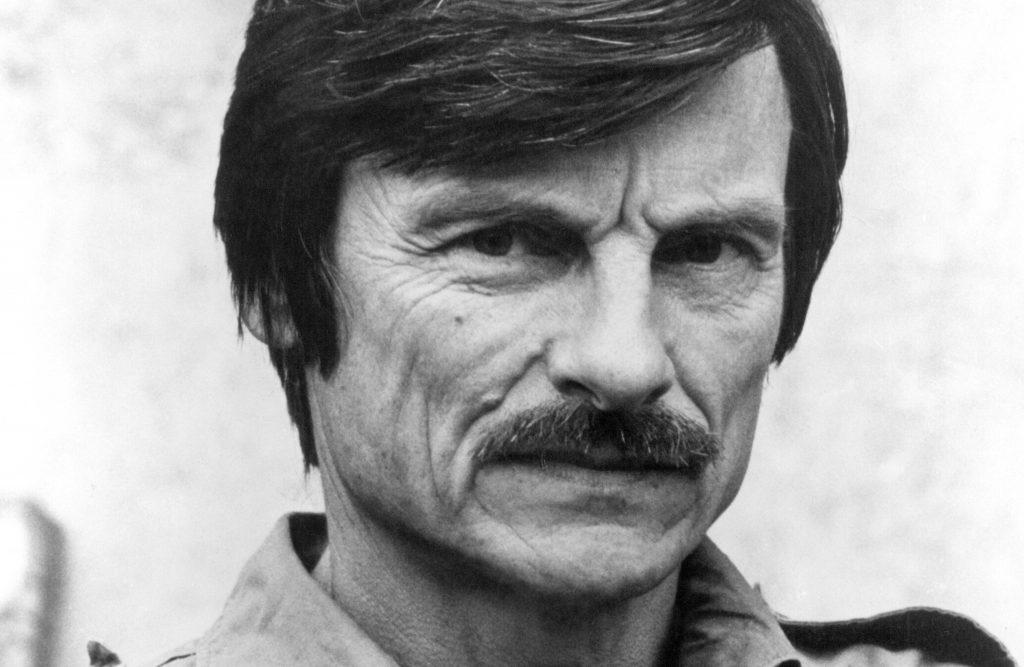
Tarkovsky began making films in the 1950s in the Soviet Union. He is known for a methodical filmmaking style, where he invites viewers to meditate on his complex often dreamlike imagery. Tarkovsky is famous for images like strands of grass slowly wafting under water on screen.
Despite this introspective craft, his films are imbued with a mammoth atmosphere: whether his characters are wading through an overgrown factory that is charged with a mysterious reverential energy, tasked with making a gigantic church bell on pain of death, or forced to reckon with impending nuclear war.
Films to Check Out: Stalker (1979), Andrei Rublev (1966), The Sacrifice (1986)
Kelly Reichardt
To many, Kelly Reichardt is in the middle of creating a monumental body of work, so the Academy will have plenty of opportunities to award her an Oscar in the future.
Reichardt is known for contemplative pacing, complex emotional relationships between her characters, and work that denies traditional narrative drama or genre conventions.
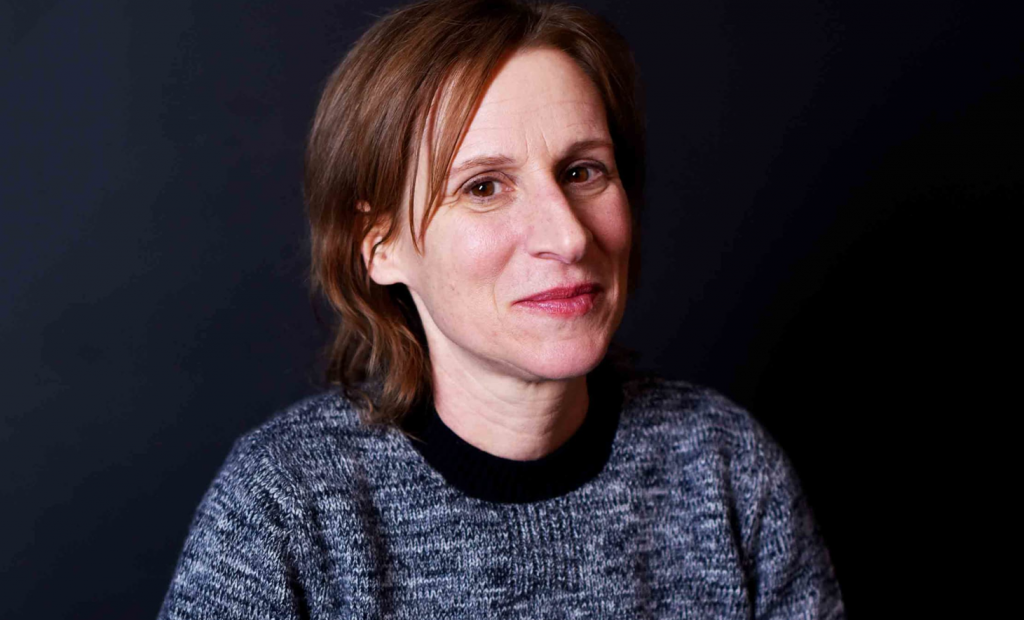
Reichardt’s films are perfect stages for stand out performances from mainstays like Michelle Williams, where Reichardt’s technique creates ample space for beats to develop on screen.
The wandering pacing of a film like Meek’s Cutoff (2010) injects a unique flavor into a tired genre like the Western. The landscape is also rendered beautifully in her work, especially with her home state of Oregon. Reichardt is one the latest trailblazers in American Independent film.
Films to Check Out: Wendy and Lucy (2008), Meek’s Cutoff, Certain Women (2016)
Su Friedrich
Su Friedrich is an icon of both experimental and queer cinema, whose multilayered often autobiographical films are foundational to both traditions.
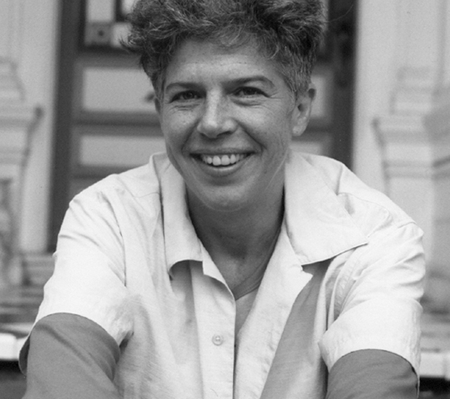
Her inventive technique offers audiences powerfully unconventional experiences. She could tell the story of a romantic relationship only through filming the same make and model of a car. She could edit together snippets of a classic film like Black Narcissus (Michael Powell, Emeric Pressburger, 1947) to uncover the subtext underneath. She could pair the story of being terrified by a movie as a child with images from an intense rollercoaster ride, embodying the complex feelings of a formative moment.
Friedrich is a paragon of the power of experimental film, where artists perpetually probe the boundaries of filmmaking. For more information, I had the chance to interview Su Friedrich for Split Tooth Media to celebrate the 30th Anniversary of her film Sink or Swim (1990).
Films to Check Out: Sink or Swim, Rules of the Road (1993), Damned if you Don’t (1987)
Abbas Kiarostami
Abbas Kiarostami was the first Iranian filmmaker to win the coveted Palme D’Or at the Cannes Film Festival, and he is one of the most influential artists of the Iranian New Wave.
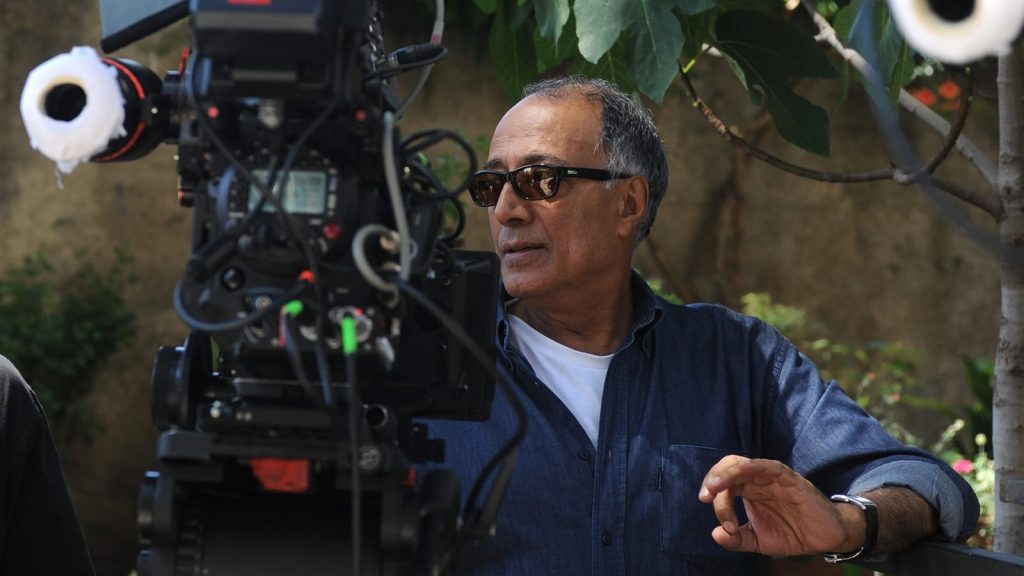
Kiarostami was a polymath: a photographer, painter, poet, whose wide-ranging artistic passions bled into his filmmaking. His filmography is incredibly wide ranging: from intimate portraits of everyday struggles, fusions of documentary and fiction, snapshots of the aftermath of natural disasters, to experimental studies of motion and stillness.
He is especially known for “The Koker Trilogy,” three films that were all set in one rural region of Iran that are prime examples of his stunning landscape cinematography.
Films to Check Out: Taste of Cherry (1997), The Koker Trilogy (Where is the Friend’s House (1987), And Life Goes On (1992), Through the Olive Trees (1994)), Close Up (1990)
Chantal Akerman
Chantal Akerman was a Belgian filmmaker whose work defined a generation of Avant Garde filmmaking. She is primarily known for the fiction feature, Jeanne Dielman, 23, quai du Commerce, 1080 Bruxelles (1975): which follows the routines of a woman as she cooks, cleans, runs errands, and at times is revealed as a sex worker.
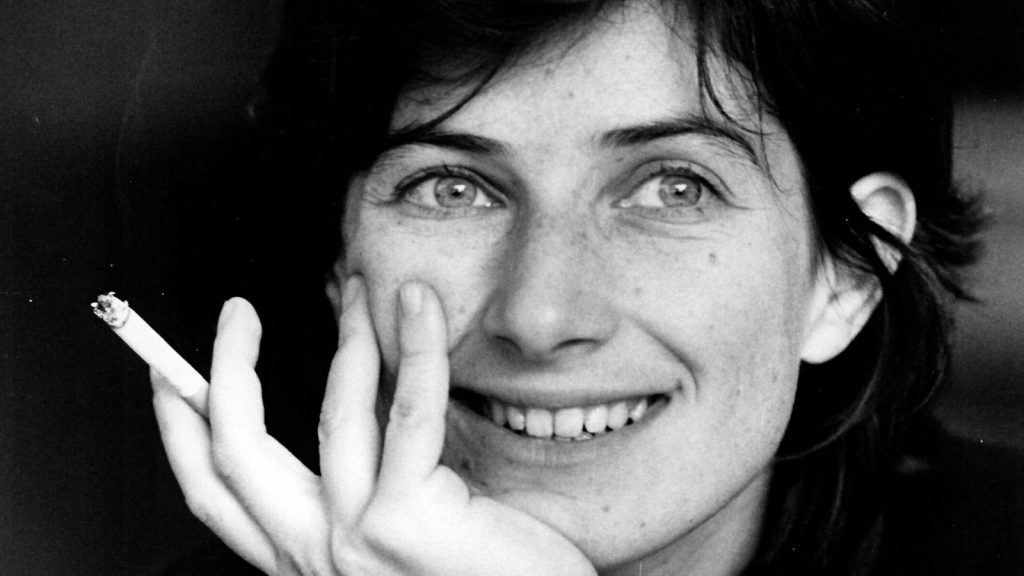
It is difficult to overstate the seismic impact that Jeanne Dielman has made on cinema: for its methodical technique, bold minimalist design, yet dynamic portrayal of the emotional vicissitudes of the everyday. As Nicola Mazzanti of the Royal Belgian film Archive eloquently put: “‘Jeanne Dielman’ is a film that created, overnight, a new way of making films, a new way of telling stories, a new way of telling time.”
Akerman is also a major figure in the history of Avant Garde documentary: with films like News from Home (1977), South (1999), From the Other Side (2002), Là-bas (2006), and No Home Movie (2015).
Films to Check Out: Jeanne Dielman, 23, quai du Commerce, 1080 Bruxelles, News from Home, No Home Movie
William Greaves
William Greaves was a pioneering filmmaker who created a massive body of work over the course of 52 years.
Greaves made films spanning fiction, documentary, and experimental fusions between the two. He created numerous documentaries that chronicled figures of civil rights, the struggle for racial equality, and icons of African American history. Greaves won an Emmy for his series Black Journal (1968-1970), which was the first Black produced series to be nationally broadcast on American television.
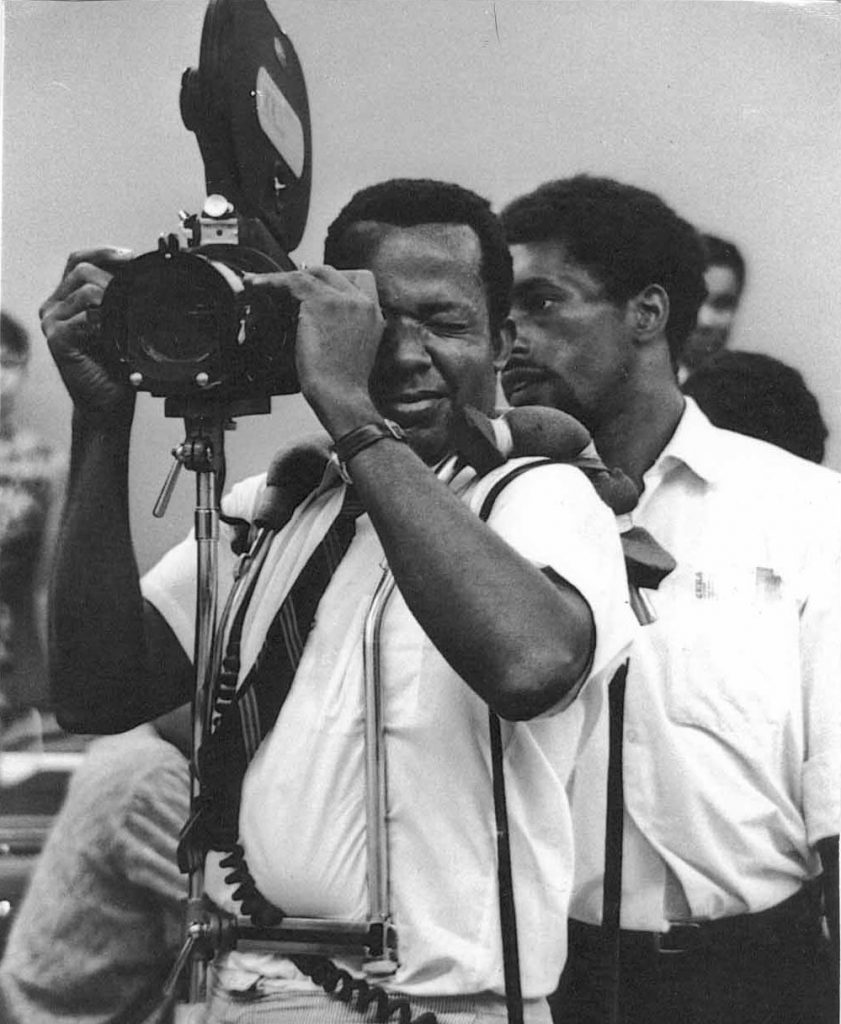
He might be most known for his experimental documentary, Symbiopsychotaxiplasm: Take One (1968). A film crew captures a film crew making a film, where different pairs of actors repeat the same scene in different scenarios. As pedestrians and reality creep in on the set, as the crew grapples with technology, as actors struggle, Greaves stands in the center of this experiment as the conductor of a brilliant study about the nature of the filmmaking process.
Films to Check Out: Symbiopsychotaxiplasm: Take One, Symbiopsychotaxiplasm: Take 2 ½ 2005), Ida B. Wells: A Passion for Justice (1989)
Bela Tarr
Bela Tarr is a Hungarian director who is one of the most unique, challenging, and enigmatic filmmakers in cinema.
The range of experience in a Bela Tarr film is remarkable. One moment the film will be immersed in a feeling of grave existential dread set in a grey, desolate, often waterlogged landscape. Then, suddenly, his characters will be dancing carefree in a fruit brandy-soaked celebration. This complexity extends to his vivid cinematography, where he offers so much beauty in an often almost apocalyptic setting.
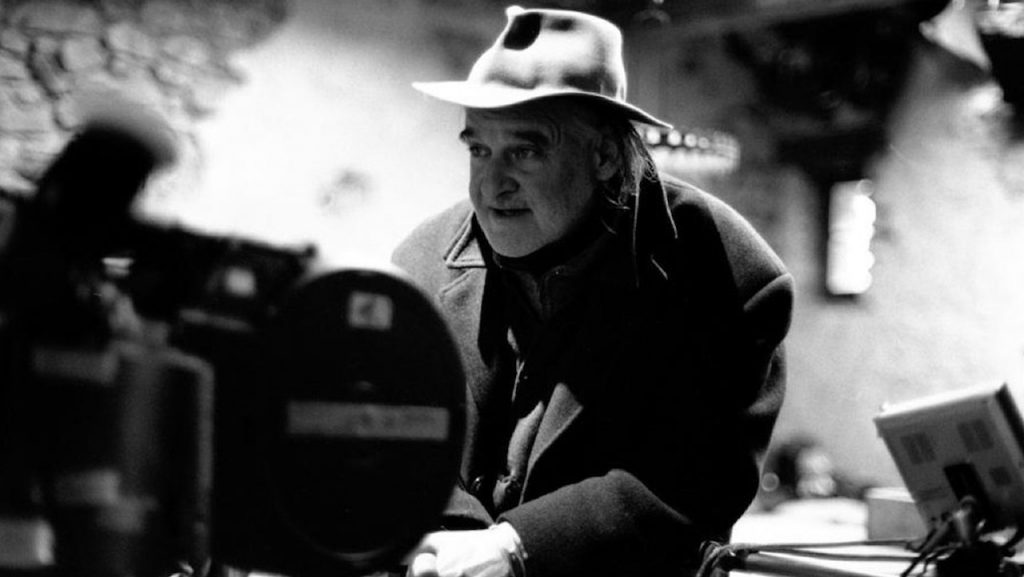
He will focus on simple actions like characters walking down the street for minutes at a time. This allows for scenes to grow in unusual ways. Tarr’s films are famous for their tragic atmosphere, but what is often underdiscussed about his work are the moments of poignancy that are amplified under the weight of his style.
Films to Check Out: Werkmeister Harmonies (2000), Satantango (1994), The Turin Horse (2011)
Yasujiro Ozu
Yasujiro Ozu was a Japanese filmmaker who in the rich history of Japanese Cinema, is still regarded as one of the preeminent filmmakers in the nation’s history.
Ozu worked from the late 1920s to the 1960s and is known for his poignant family portraits. Ozu films are often centered around the intersections of different generations, especially with strong female characters at the forefront (often played by actress Setsuko Hara). His work is filled to bursting with a sense of understanding and empathy about the complexity of familial relationships.
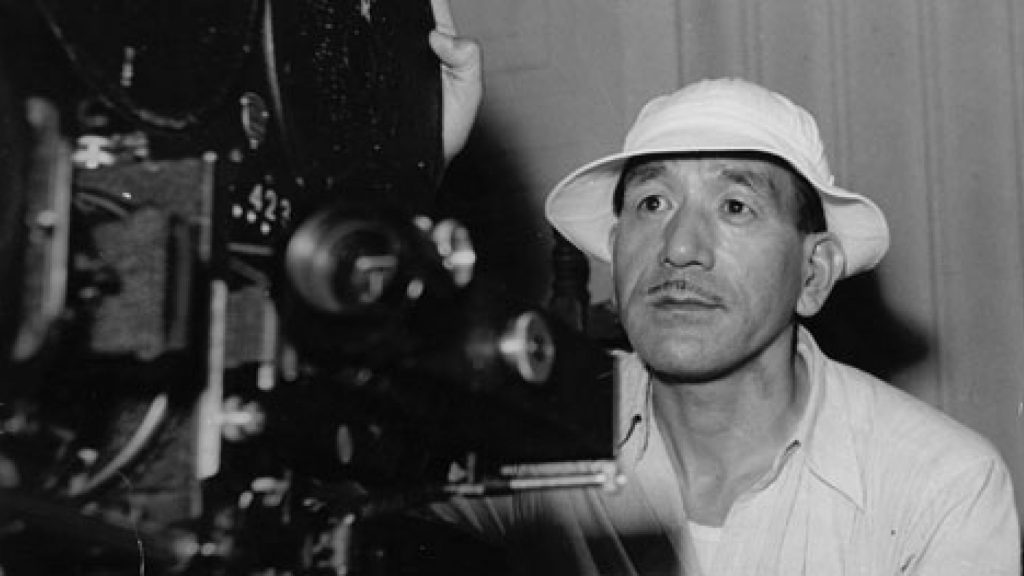
His pacing and cinematography influenced generations of filmmakers: whether that was his integration of ellipses in narrative structure, or his use of inventive techniques like the “tatami shot.” Ozu’s focus on the dynamics of communication, societal norms, and social codes remains fresh today.
Films to Check Out: Late Spring (1949), Tokyo Story (1953), Equinox Flower (1958)
Honorable Mentions: Mike Leigh, Apichatpong Weerasethakul, Maya Deren, Suzan Pitt, Tsai Ming-Liang, Nuri Bilge Ceylan, Chris Marker, Roberto Rossellini, Jim Jarmusch, Stan Brakhage, just to name a few.
After this year’s Oscar season has passed and the ceremonial dust has settled, hopefully this list can act as a springboard into a more unconventional world of cinema.









